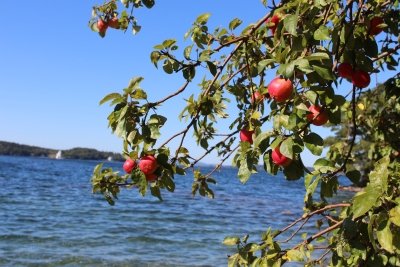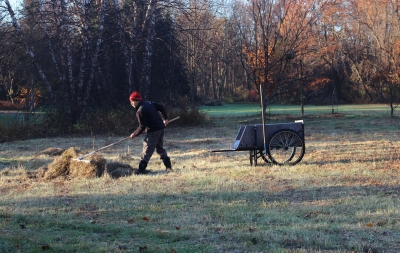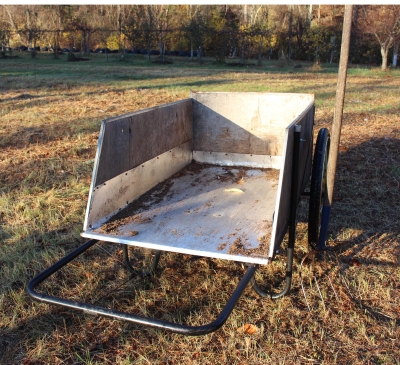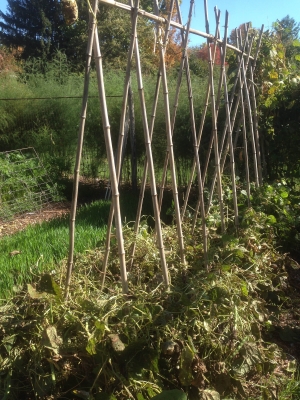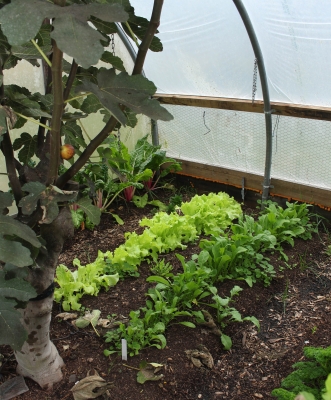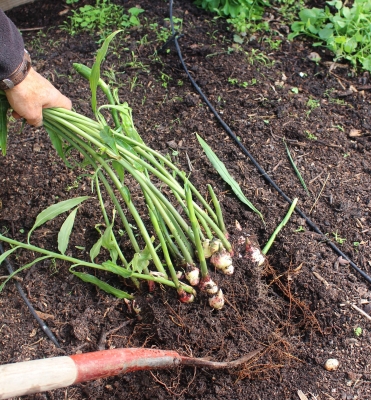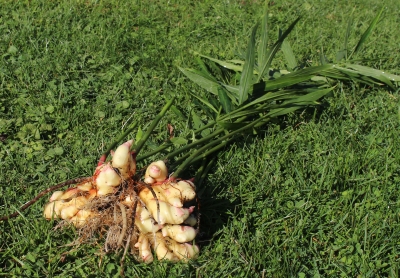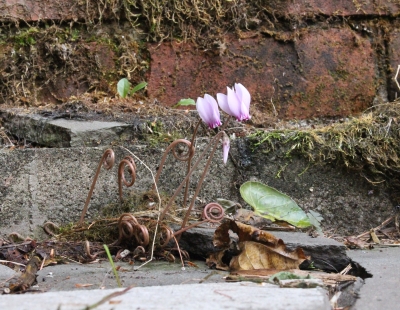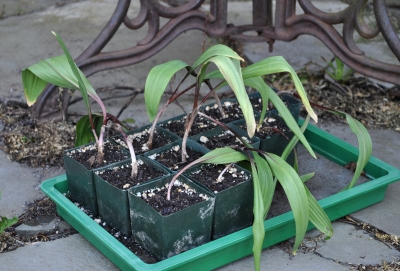GREENING UP
Chickweed, Not for Me
Warmish days come and go, but I’m not twiddling my thumbs waiting for spring to come early, late, or vacillate. True, I have a greenhouse. Even there, though, weather can be quite cool, down into the 30s at night and on overcast days.
A few plants that are good for fresh, salad greens aren’t just surviving under these conditions; they’re thriving. And with very little effort on my part because rather than cultivating them, they grow so profusely that I have to weed out excess before they take over the greenhouse.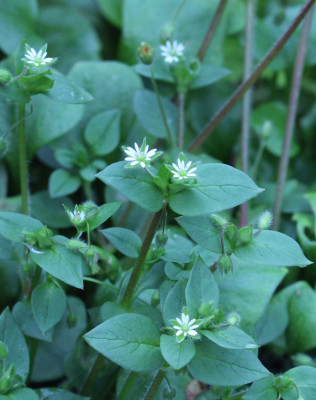
Speaking of “weed,” one of them really is a weed, at the very least in name: chickweed (Stellaria media). This weed loves cool weather; it’s been sprouting in the greenhouse all winter. It’s also no stranger to the garden outside the greenhouse, where winter temperatures snuff it out so that each year it must return from seeds it sows. In the greenhouse, it might become — perhaps is now — perennial.
Chickweed is tasty and nutritious. I don’t doubt the second adjective but disagree with the first. I wish I liked the flavor. Because I don’t, I’ll spend some time today in the greenhouse weeding it out.
Claytonia All Over the Place
The greenhouse is also pleasantly indundated with claytonia (Claytonia perfoliata), another wilding cultivated for salads, perhaps soups(?), in cool weather. This green is native to California, where it drops its seeds in spring; cool, moist weather of fall induces sprouting whence it blankets Western ground in green all winter long.
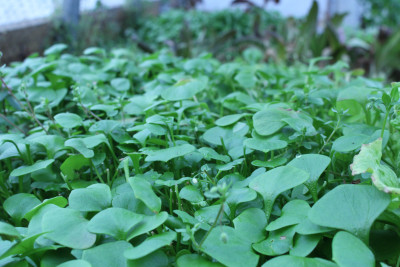 Conditions in my greenhouse are very similar to those of norther California. (Claytonia is sometimes called miner’s lettuce because Gold Rush miners ate it to prevent scurvy.) Years ago I sowed some claytonia seeds in greenhouse beds. No longer is that necessary. Those first plants came up in the straight lines of my furrow. Nowadays, they blanket the ground as a lush edible groundcover, mostly near the sidewalls where rain washed down from the roof and into the ends of the beds when I rolled up the sidewalls in summer for ventilation.
Conditions in my greenhouse are very similar to those of norther California. (Claytonia is sometimes called miner’s lettuce because Gold Rush miners ate it to prevent scurvy.) Years ago I sowed some claytonia seeds in greenhouse beds. No longer is that necessary. Those first plants came up in the straight lines of my furrow. Nowadays, they blanket the ground as a lush edible groundcover, mostly near the sidewalls where rain washed down from the roof and into the ends of the beds when I rolled up the sidewalls in summer for ventilation.
The plants make more than just an edible groundcover; they make an edible, ornamental groundcover. The tender stalks rising from ground level are capped by heart-shaped leaves, in the center of which eventually sits a cluster of small, white flowers. I’d use it as a winter groundcover if it could survive our winters; temperatures below about 10°F kill it.
The flavor is nothing to write home about. It’s mild, to say the least. Perhaps its greatest contributions to cold weather salads are color and texture.
Make Mine Mâche, My Favorite
Some people might say the same thing about mâche (Valerianella locusta), in my experience the most cold-hardy of all salad greens. It’s ready for harvest no matter how cold the weather in the greenhouse, or out, and will actually grow a little with the slightest degree of warmth whether natural or from the protection of a south wall or a cold frame.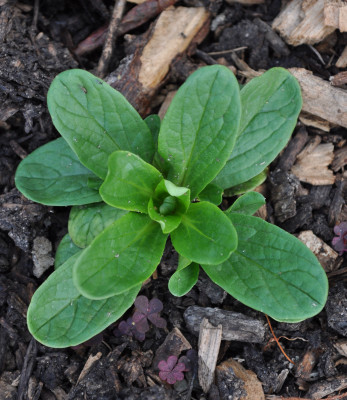
To me, mâche is the most delectable of salad greens. It also self-seeds both in the greenhouse and outdoors. What else can you ask for in a plant: tasty, available all winter, no need to plant.
Like claytonia, mâche is a cool weather annual. Sow it in summer and nothing happens. Sow it under cool, moist conditions and it sprouts readily. This is another salad green that I planted years ago, but not since. Cultivation of mâche entails, mostly, pulling up wayward or excess plants before they expire and drop seed in late spring, in so doing preventing it from becoming weedy.
Mâche is a European import, a centuries-old favorite only of the peasantry until the gardener to Louis XIV gave it street cred’. In English-speaking countries, it’s sometimes called “corn salad” because it’s a weed of grain fields, “corn” in the Queen’s English being any kind of grain, not necessarily and not usually corn, which they call maize. If I had a grain field, I’d welcome some corn salad for tender, tasty salads almost all winter long.

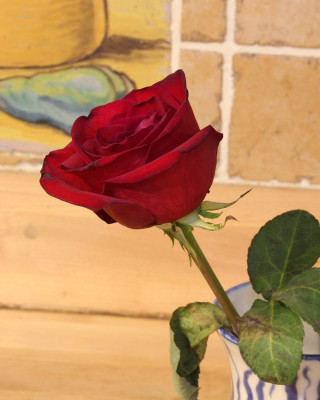
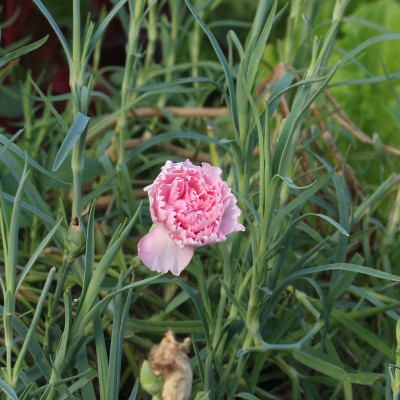 Carnations are among flowers, along with baby’s-breath, lilies, snapdragons, and most orchids, whose ethylene production ramps up as senescence begins. These flowers also are very sensitive to the effects of ethylene, which speeds aging, which generates more ethylene, which further speeds aging, which . . .
Carnations are among flowers, along with baby’s-breath, lilies, snapdragons, and most orchids, whose ethylene production ramps up as senescence begins. These flowers also are very sensitive to the effects of ethylene, which speeds aging, which generates more ethylene, which further speeds aging, which . . .
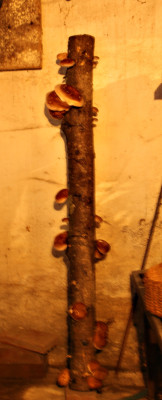
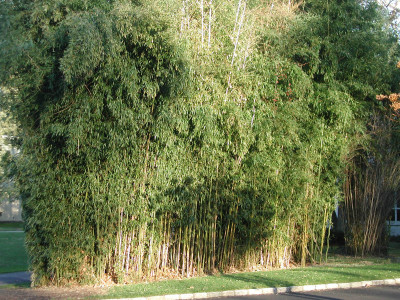

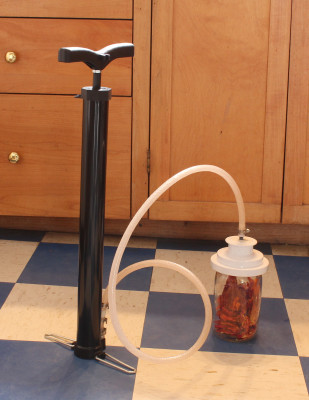
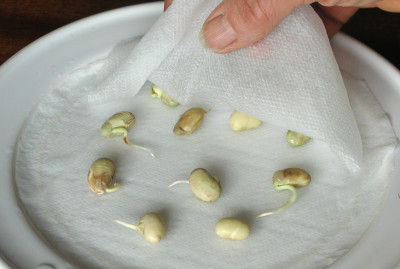
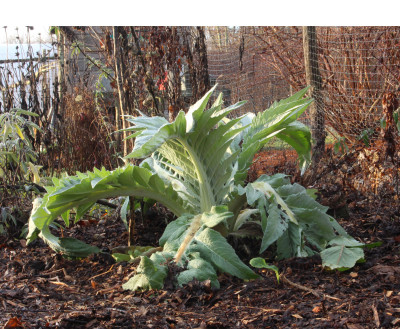
 Wood ash is both a waste product and a resource, depending on how much you have and how much space you have to spread it. As a resource, it’s high in potassium, an essential nutrient for plants, and contains other essential elements. Wood ash decreases the acidity of soils which, around here, mostly increases naturally over time.
Wood ash is both a waste product and a resource, depending on how much you have and how much space you have to spread it. As a resource, it’s high in potassium, an essential nutrient for plants, and contains other essential elements. Wood ash decreases the acidity of soils which, around here, mostly increases naturally over time.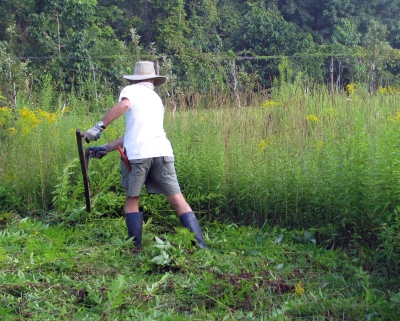
 The bought grain reduces the system’s “sustainability quotient.” On the other hand, as Elliot emphatically pointed out, he is also growing chickens!
The bought grain reduces the system’s “sustainability quotient.” On the other hand, as Elliot emphatically pointed out, he is also growing chickens!